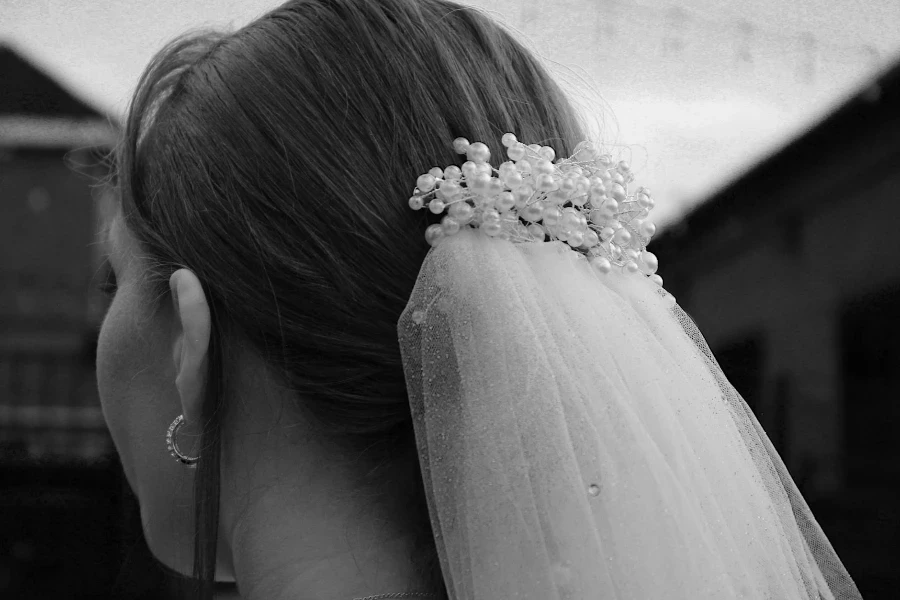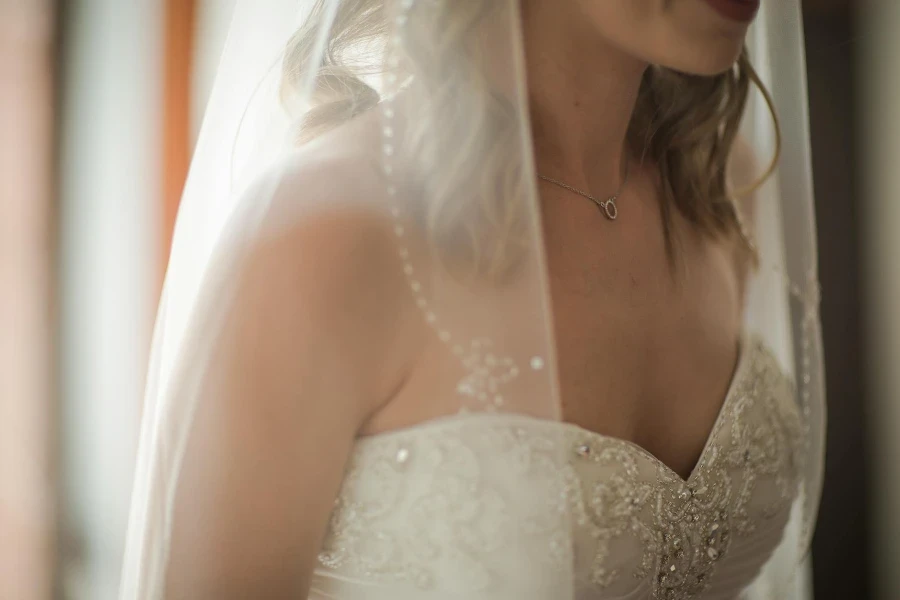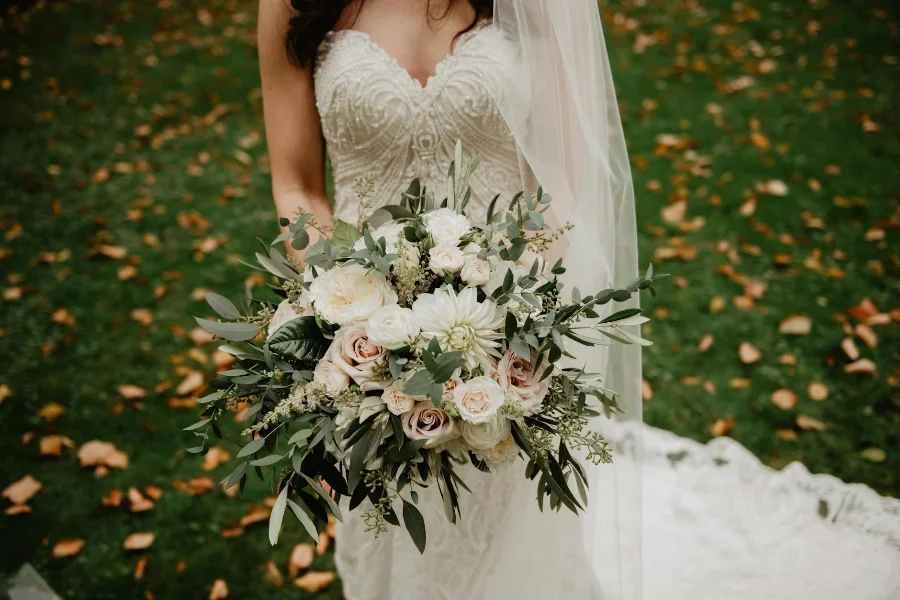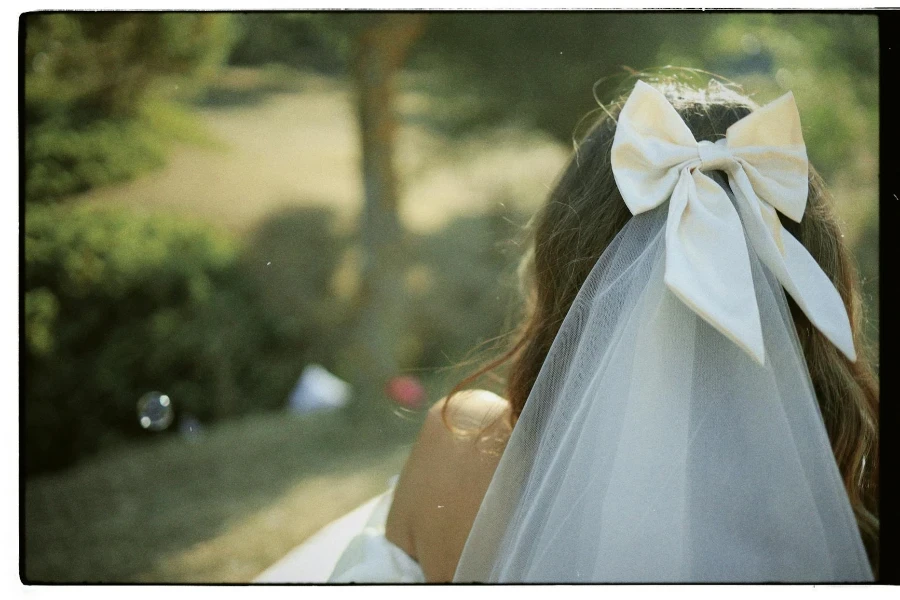The veil, a garment steeped in history and symbolism, continues to captivate and intrigue. From bridal ceremonies to fashion statements, veils carry a significance that transcends cultures and epochs. This article explores the multifaceted world of veils, shedding light on their historical roots, the various types available, their cultural significance, and practical styling tips. Whether you’re considering a veil for your wedding day or simply curious about incorporating this accessory into your wardrobe, this guide offers valuable insights and practical advice to navigate the world of veils with confidence and style.
Table of Contents:
– The history and significance of veils
– Different types of veils and their characteristics
– Cultural significance of veils around the world
– How to choose the right veil for your occasion
– Styling tips for veils
The history and significance of veils

Veils have been worn for thousands of years, with their origins tracing back to ancient civilizations. Initially, veils served as a symbol of status and modesty, worn by women to cover themselves in public. Over time, the significance of veils evolved, becoming integral to religious and cultural ceremonies. In many cultures, the bridal veil became a staple, symbolizing purity and chastity. This section delves into the rich history of veils, exploring their transformation from ancient garments to modern-day fashion accessories.
Veils also played a role in rituals and ceremonies, often used to signify a rite of passage. For instance, in some cultures, the lifting of the bridal veil is a critical moment, symbolizing the groom’s right to enter into his bride’s life. The veil’s ability to conceal and reveal has imbued it with a sense of mystery and allure, making it a powerful symbol in storytelling and mythology.
Today, veils continue to hold a place of importance in many societies. They are worn for religious reasons, as a fashion statement, or as part of traditional wedding attire. Understanding the historical and cultural significance of veils can enrich one’s appreciation for this versatile accessory.
Different types of veils and their characteristics

Veils come in a myriad of styles, each with its unique characteristics and occasions it suits best. The most common types include the cathedral veil, which extends beyond the length of the gown for a dramatic effect, and the blusher veil, a short layer of fabric that covers the face during the ceremony. There’s also the mantilla veil, originating from Spain, known for its lace edging and elegant drape.
Choosing the right veil depends on several factors, including the style of the wedding dress, the venue, and personal preference. For instance, a fingertip veil, which ends at the fingertips when the arms are down, is versatile and works well with many dress types. On the other hand, a birdcage veil, which covers only part of the face, offers a vintage look suitable for less formal weddings.
Fabric choice is another consideration. Tulle is the most popular fabric for veils due to its lightweight and airy quality, but silk, lace, and satin are also options, each adding a different texture and level of formality to the attire. Understanding the types of veils and their characteristics can help in making an informed decision that complements your overall look.
Cultural significance of veils around the world

Veils hold different meanings and serve various purposes across cultures. In some Middle Eastern and North African cultures, veils are worn as a part of hijab, symbolizing modesty and privacy. In these societies, the veil is more than an accessory; it’s a sign of cultural identity and religious faith.
In Western cultures, the bridal veil has evolved into a key element of wedding attire, often symbolizing purity, innocence, and sometimes, a fashion-forward statement. However, the way veils are worn and perceived varies greatly even within these cultures, influenced by family traditions, personal beliefs, and contemporary fashion trends.
The diversity in veil usage highlights its adaptability and enduring relevance. By exploring the cultural significance of veils, we gain insight into the global tapestry of traditions and beliefs, enabling a deeper understanding and appreciation of this multifaceted accessory.
How to choose the right veil for your occasion

Selecting the perfect veil requires consideration of several factors. First, think about the overall theme and formality of the event. A grand, traditional wedding might call for a long, flowing cathedral veil, while a casual beach ceremony could be better suited to a simple, short veil.
Next, consider the style of your outfit. A veil should complement, not compete with, your attire. For instance, a heavily embellished gown might pair well with a simple, understated veil, whereas a minimalist dress could be enhanced by a more ornate veil.
Lastly, don’t forget about practicality. Consider your comfort and the veil’s functionality throughout the event. For example, if you plan to dance the night away, a lighter, shorter veil might be more manageable than a long, elaborate one.
Styling tips for veils

Styling a veil can be as simple or elaborate as you wish. One key tip is to ensure the veil’s attachment point is concealed, typically by securing it with hairpins or a decorative comb. This creates a seamless look that accentuates the veil’s flow and elegance.
Another consideration is your hairstyle. Updos, loose waves, and even short haircuts can all accommodate a veil, depending on its type and attachment mechanism. Experimenting with different hairstyles in advance can help you find the perfect balance between your hair and the veil.
Lastly, remember that a veil is an accessory meant to enhance your overall appearance. It should reflect your personal style and the tone of the occasion. Whether opting for a traditional, romantic, or modern look, the right veil can add a touch of elegance and sophistication to your ensemble.
Conclusion
Veils are more than just a piece of fabric; they are a symbol of tradition, culture, and personal expression. Whether you’re choosing a veil for a wedding or exploring its fashion potential, understanding its history, types, and styling options can help you make an informed decision. By considering the occasion, complementing your attire, and staying true to your style, you can select a veil that adds the perfect finishing touch to your look.



